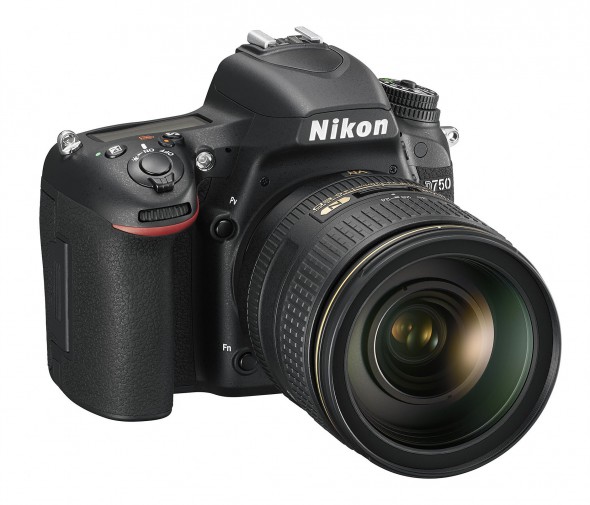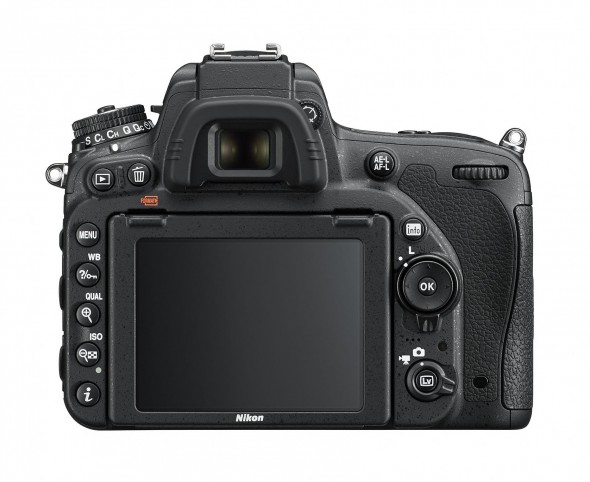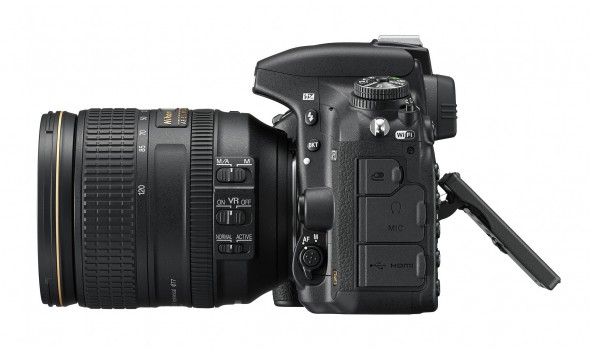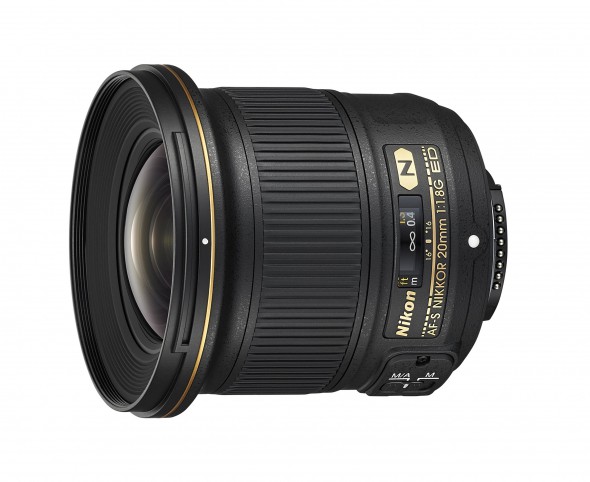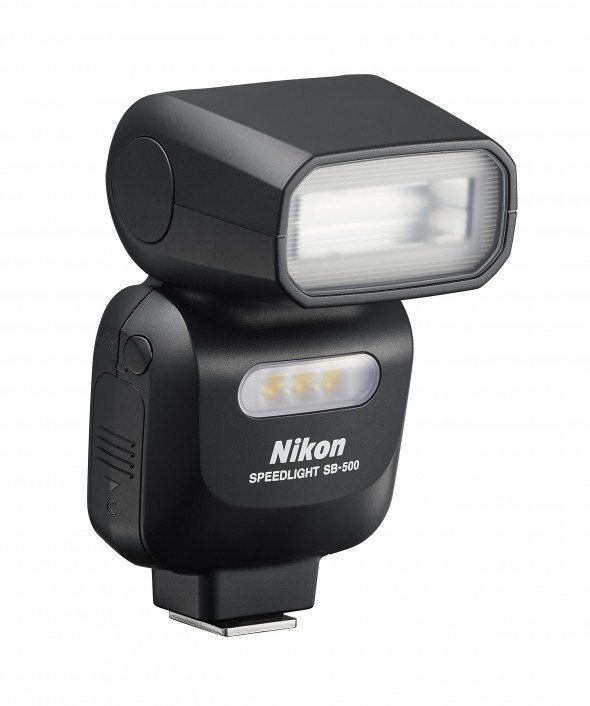Video Features Are Borrowed from Its D810 Big Brother At a Much Lower Price Point
At Photokina in Cologne this week, Nikon is introducing a new FX-format DSLR, the D750, which takes its video cues from the company's flagship D810 DSLR while coming in at a price point about $1,000 lower. That makes it more attractive to videographers who are looking for full-featured DSLR 1080p capture options but don't need top-of-the-line still capabilities.
What's the biggest difference between the D750 ($2,300) and the more expensive D810 ($3,300)? The D810 (covered previously) has a 36 megapixel (7360×4192) full-frame sensor compared to the D750's 24.3 megapixels (6016×4016). That may be noticeable to high-end still photographers, but the effect on the camera's video output, which tops out at 1080/60p, will be less pronounced.
"All of the video settings are identical to those in the D810," Nikon Senior Technical Manager Steve Heiner told StudioDaily. "We have enabled very fundamental features like the ability to change aperture on the lens during live view and recording, which the D610 and below are unable to do. We've incorporate our more advanced Power Aperture feature, so whichever Nikkor lens you have, you can program two buttons on the front or the autofocus selector on the back to motorize or power-open and -close the aperture very smoothly and seamlessly. It's like the motor on a cine lens with no noticable step changes — a very smooth transition from one f-stop to another. That ability was reserved for our higher-end cameras until now."
Unlike the higher-resolution D810, the D750 has an anti-aliasing filter in place. "24 megapixels is not quite the density necessary to eliminate that filter," Heiner said.
Nikon D750 Video Recording Specs
Movie Maximum Recording Time
20 minutes at highest quality
29 minutes 59 seconds at normal quality
Movie File Format
MOV
Movie Video Compression
H.264/MPEG-4 Advanced Video Coding
Movie Audio Recording Format
Linear PCM
Movie
HD 1920×1080/60p
HD 1920×1080/50p
HD 1920×1080/30p
HD 1920×1080/25p
HD 1920×1080/24p
HD 1280×720/60p
HD 1280×720/50p
Movie Audio
Built-in mic, stereo
External stereo mic (optional)
Source: Nikon
Full time-lapse capabilities have been incorporated, allowing up to 9,999 still pictures to be used in a time-lapse sequence. Shooting in automatic exposure mode, the camera will use an exposure-smoothing feature to even out the image as lighting conditions change from frame to frame, such as when shooting a sunrise or sunset. You have the choice of saving the individual time-lapse images at the camera's full resolution, allowing a 5K or 6K finish, or using the time-lapse movie mode to cache the images and generate a finished H.264 movie file at up to 1080/60p without saving the high-res source material.
The D750 also has an auto ISO mode for video. "People don't want to have to change shutter speed or aperture in order to vary exposure while rolling video, so we developed a system similar to normal autio ISO," Heiner explained. "You lock down the shutter speed and the aperture and then limit the range, high and low, that the camera can vary the ISO to compensate for exposure. It will adjust exposure in a very subtle way, using the same sort of exposure smoothing."
The camera will allow a signal to be output from HDMI to an external recorder, such as the Atomos Ninja, while it simultaneously records H.264 to an in-camera memory card, another handy feature from the D810. Because the camera lets you switch to Nikon's DX shooting format — cropping the active sensor area inside the camera — you can get a little more versatility out of your lens kit while still recording full HD images. And the D750 borrows the D810's "i" button, which brings up a menu overlay on the Live View screen allowing access to the camera's video settings.
New to the FX line is Nikon's tilting LCD screen, which makes its first FX-format appearance here.
The whole camera is designed to be as small and light as possible, Heiner said, describing it as "a little bit lighter than the D610 and a lot lighter than the D810." The construction materials include a combination of magnesium alloy and carbon fiber and the internal components have been moved around to reduce the overall weight and size, which makes it just that little bit more attractive as a B or C camera when you're already hauling around a ton of gear.
For audio recording, the D750 has a built-in stereo mic as well as a mic-in jack and a headphone jack. The audio frequency rage can be switched between "wide" and "narrow," with the latter emphasizing vocal frequencies for clearer voice recording.
The D750 is expected to ship later this month with an SRP of $2300 for the camera body only. A kit including the AF-S NIKKOR 24–120mm f/4 VR lens is expected to ship in mid-October.
AF-S NIKKOR 20mm f/1.8 G ED
Also just announced are a new Nikkor 20mm F1.8 prime lens and the SB500 Speedlight flash with an independent LED for lighting video. The 20mm lens fits into Nikon's line-up of affordable F1.8 primes designed specifically for users making the transition from DX-format photography, which already includes 85mm, 50mm, 35mm, and 28mm options. The lens has a seven-bladed diapgragm, takes 77mm filters, boasts Nikon's low-refractive Nano Crystal Coat, and will sell for $800 in late September.
Nikon SB500 Speedlight
The SB500, which comes with a small stand for use on a tabletop or similar surface, incorporates a 100-lux LED light with three brightness settings that covers an angle of 24mm, Heiner said. It's powered by two AA betteries. It should ship later this month for an SRP of $250.
Did you enjoy this article? Sign up to receive the StudioDaily Fix eletter containing the latest stories, including news, videos, interviews, reviews and more.

